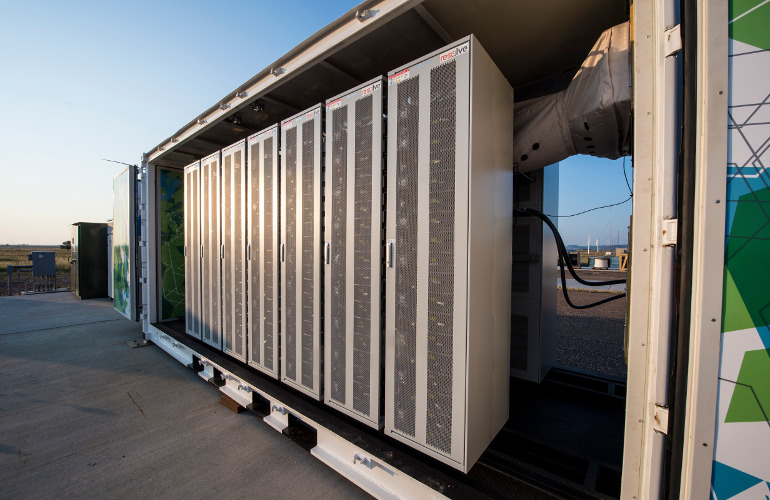
Pacific Gas and Electric Company (PG&E) has requested approval of five energy storage projects totaling 423 MW in a filing with the California Public Utilities Commission (CPUC).
The projects are intended to further integrate clean energy from renewable generation sources while ensuring future reliability of the electric system.
“PG&E is deeply committed to the California vision of a sustainable energy future. As we continue to integrate large amounts of intermittent renewable energy, we are now taking advantage of advancements in energy storage technology to ensure that customers continue to receive clean and reliable power from a flexible and dependable electric grid,” said Fong Wan, senior vice president, Energy Policy and Procurement, PG&E.
The agreements for the projects are a result of a competitive request for offers (RFO) PG&E launched in February following a November 2019 CPUC decision that identified potential reliability issues beginning in 2021.
The CPUC authorized utilities and other load-serving entities in California to procure resources that would address those potential future system reliability issues while building progress in meeting the state’s greenhouse gas emissions reduction goals.
PG&E was authorized to procure at least 716.9 MW of system reliability resources to come online between August 1, 2021 and August 1, 2023. The five new battery energy storage projects announced today represent PG&E’s first phase of procuring system reliability resources that need to come online within that timeframe.
PG&E will issue another (phase two) competitive solicitation this summer for resources to come online by August 1, 2022 and August 1, 2023.
The five projects feature lithium-ion battery energy storage systems, each with a four-hour discharge duration.
The new systems will either be co-located with solar or geothermal plants or be built as part of new energy storage projects. The five projects are as follows:
- Diablo Energy Storage – The Diablo Energy Storage Project is comprised of three separate 15-year agreements totaling 150 MW. The three projects will be stand-alone lithium-ion battery energy storage resources located in Contra Costa County. This project is an expansion of a 50-MW energy storage project under contract to PG&E in Contra Costa County, which is currently in development.
- Dynegy Marketing and Trade – The Vistra Energy MOSS100 Energy Storage Project is comprised of a 10-year agreement for 100 MW. The project is a stand-alone lithium-ion battery located in Moss Landing, California (Monterey County). This project is an expansion of a 300-MW energy storage project under contract to PG&E at the same location, which is currently in development.
- Gateway Energy Storage – The Gateway Energy Storage project is comprised of a 15-year agreement for a 50-MW stand-alone lithium-ion battery located in San Diego.
- NextEra Energy Resources Development, LLC – The Blythe Energy Storage 110 project is comprised of a 15-year agreement for 63 MW. The project is a lithium-ion battery co-located with an existing 110-MW solar project built in 2016 located in Blythe, California (Riverside County).
- Coso Battery Storage – The Coso Battery Storage project is comprised of a 15-year agreement for a 60-MW transmission-connected, stand-alone lithium-ion battery co-located with an existing geothermal project in Little Lake, California (Inyo County).
Each project is scheduled to be online by August 2021.
Energy storage has been a part of PG&E’s power mix for decades, starting with the Helms Hydroelectric Facility and continuing with the deployment of battery projects such as the 2-MW battery at its Vacaville Substation and the 4MW Yerba Buena battery in San Jose. In February 2017, PG&E deployed its first lithium-ion energy storage system, featuring Tesla Powerpack technology, at its Browns Valley substation (approximately 50 miles north of Sacramento).
As of May 2020, including the projects announced today, PG&E has awarded contracts for battery energy storage projects totaling more than 1,000 MW of capacity to be deployed throughout its service area through 2023.
“PG&E is well positioned with the energy storage projects under contract today to meet the state’s ambitious clean energy and storage goals while ensuring grid reliability, and we will continue to look toward innovation, integration of new technologies, and collaboration to drive a clean energy future,” Wan added.
News item from PG&E






